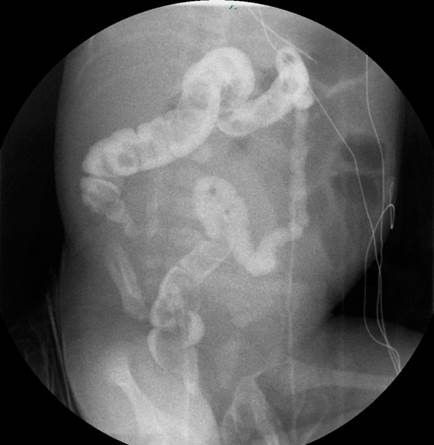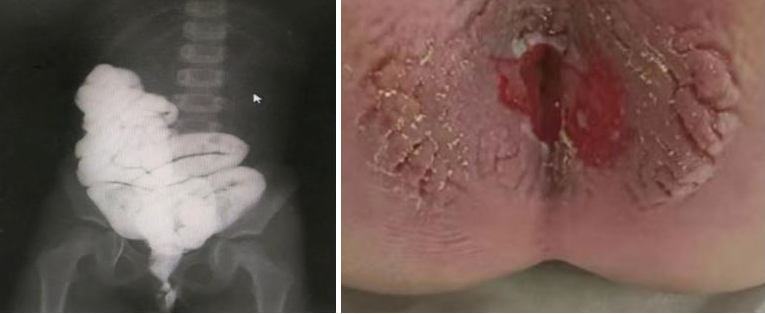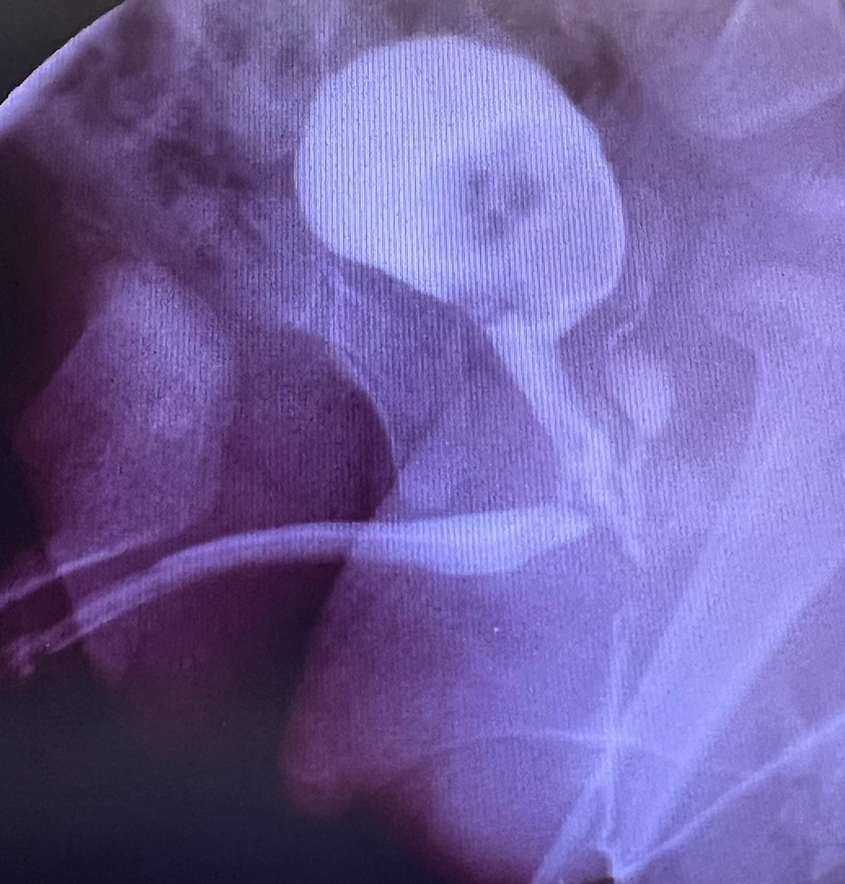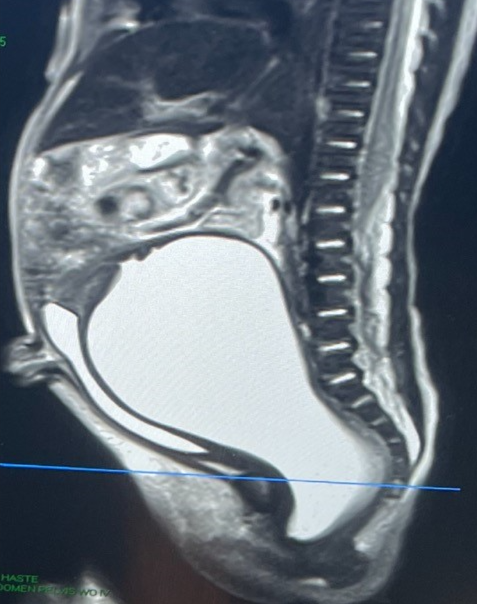Colorectal Quiz: March 13, 2023
The question from last week:
A newborn has intestinal obstruction with impressive abdominal distension This contrast study is performed and is read as small left colon syndrome (mom is a diabetic). Irrigations are started and don’t really help decompress the baby, and it has been a week and no real improvement. Hirschsprung disease is suspected and a suction biopsy at 2 cm shows ganglion cells with hypertrophic nerves. What do you think could be going on? What would you do?
Answer: The narrowed left colon guided the surgeons down the wrong path, it was in fact normal. The rectal biopsy was normal, there was no Hirschsprung disease. Smartly the surgeon decided to explore the patient and found an ileal atresia which was repaired with a primary anastomosis.

For this week:
I received a query about a female patient born with imperforate anus. At birth, no anus was identified and on exploration to perform a colostomy, a pouch colon was found (colonic atresia). Due to the dilation of the colonic segment, the surgeons chose to resect it and perform an ileostomy. Thereafter an ileoanal pull-through was performed. The child is now 3 years of age. She suffers from severe perianal excoriation. The contrast study is shown. What would you recommend be done for this child?

How would you handle this case?
New Paragraph




